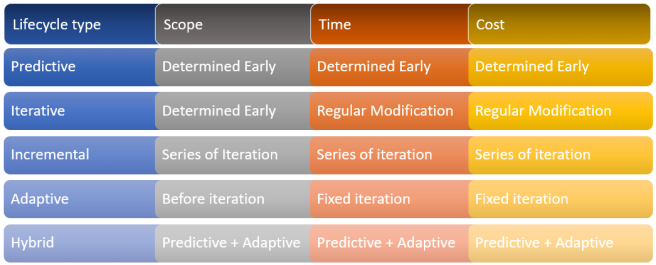In Previous article we have covered key components useful in Project Monitoring and controlling about Work Performance data, Work Performance Information and Work Performance Reports, please click here to view the previous article.
In this article we shall cover about factors that influence project management these are Enterprise Environmental Factors(EEF), Organization Process Assets(OPA) and Organizational Systems.
Organization Process Asset (OPA): is the plans, processes, policies, procedures, and knowledge bases specific to and is used by the performing organization. This is an Asset, that will always help organization positively.
OPA is further breaks down into main two
- Process, Policies e.g Quality policies and procedures, templates, guidelines, and tailoring.
- Knowledge base e.g. Lessons learned.
Enterprise environmental factor (EEF) : this refers to conditions, not under the control of the project team that influence or direct the project. These are the Factors which can affect the organization in positively or negatively.
EEF further divided into two categories
- Internal e.g. Organizational Culture, Infra, Geo distribution,
- External e.g. Market condition, Legal restrictions, financial considerations.
Organizational System: it determines power, competence, interests and political capabilities of people. this is further broken down into 3 categories.
- Management Elements
- Governance Framework and
- Organizational Structure types (this is defined based on Project Mangers Authority).
Hope this information helps!
In next blogs, shall continue with Project Management framework about PMI’s Process Framework, this is critical section to understand and clear PMP.
————————————–
for queries, suggestions, feedback contact on
email :bipinparshottam@gmail.com
skype: bipin.pankhania
or Write comment!




 Project Phases: a collections of logically related activities that produces one or more deliverable. In above image Start, Prepare and Organize, Execute and End is the project phases.
Project Phases: a collections of logically related activities that produces one or more deliverable. In above image Start, Prepare and Organize, Execute and End is the project phases.